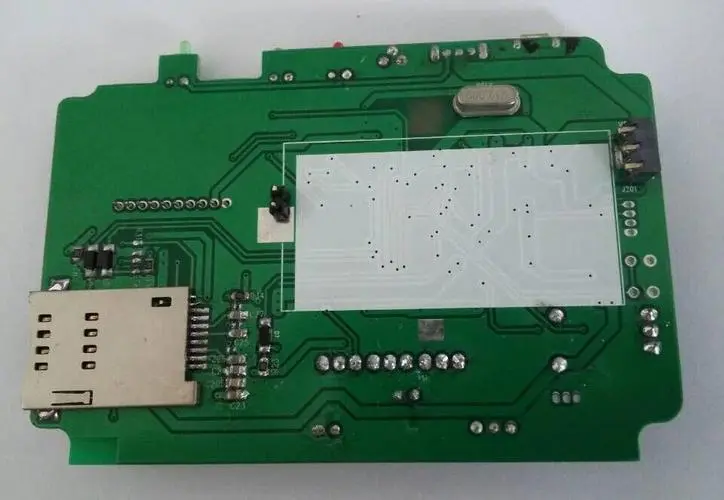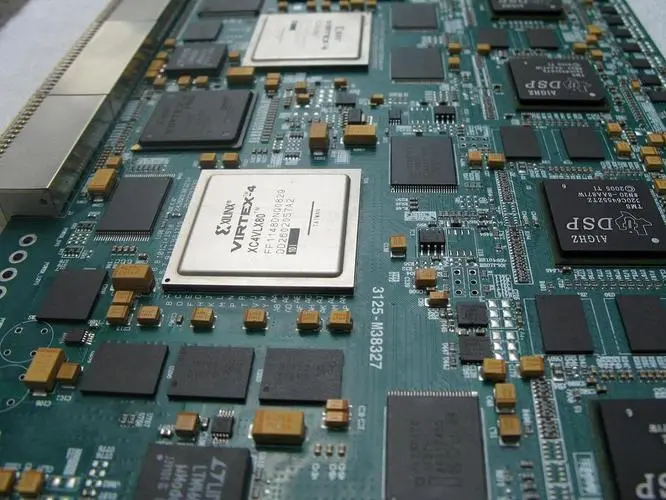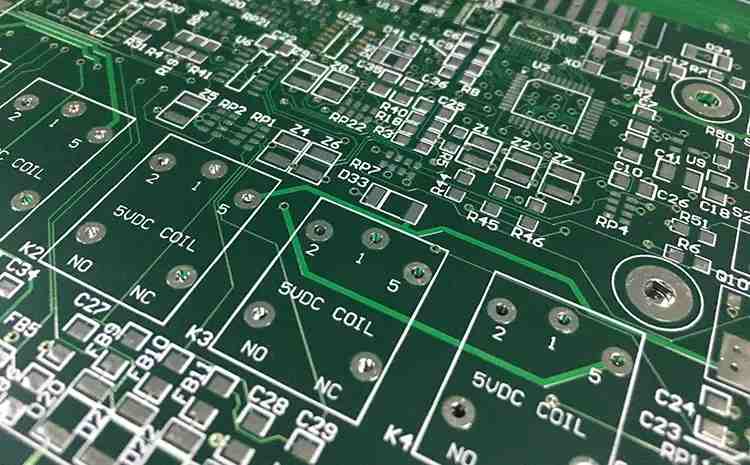
PCB design according to the pad requirements is to achieve the minimum diameter, which is at least 0.5mm larger than the maximum diameter of the keyhole flange of the welding terminal. Test pads must be provided for all nodes in accordance with ANSI/IPC 2221. Node refers to one of two or more PCB components
The design according to the requirements of the pad is to achieve the minimum diameter, which is at least 0.5mm larger than the maximum diameter of the keyhole flange of the welding terminal.

Test pads must be provided for all nodes in accordance with ANSI/IPC 2221. Node refers to the electrical connection point between two or more components. A test pad requires a signal name (node signal name), x-y coordinate axis related to the reference point of the PCB, and the coordinate position of the test pad (indicating which side of the PCB the test pad is located on). It is necessary to provide the SMT with the information of the fixed devices, and also need the temperature closing technology of the printed circuit board assembly layout to promote the testability in the circuit with the help of the "fixed device for testing in the circuit" or commonly referred to as the "nail bed fixed device". To achieve this, it is necessary to:
1) The diameter of the test pad specially used for detection shall not be less than 0.9mm.
2) The space around the PCB pad shall be greater than 0.6mm and less than 5mm. If the height of the component is greater than 6.7 mm, the test pad shall be placed 5 mm away from the component.
3) Do not place any components or test pads within 3mm from the edge of the printed circuit board.
4) The test pad shall be placed in the center of a 2.5mm hole in a grid. Where possible, standard probes and a more reliable fixture are permitted.
5) Do not rely on the edge of the connector pointer for pad testing. The test probe can easily damage the gold plated pointer.
6) Avoid plated through holes - probe both sides of the printed circuit board. Put the test tip through the hole on the non PCB components/welding surface of the PCB.
The aspect ratio of the plated through-hole has an important influence on the manufacturer's ability to effectively plate in the plated through-hole, and is also important to ensure the reliability of the PTH/PTV structure. When the hole size is less than 1/4 of the basic circuit board thickness, the tolerance shall be increased by 0.05mm. When the PCB drilling diameter is 0.35mm or smaller, and the aspect ratio is 4:1 or larger, the manufacturer should cover or block the plated through hole in an appropriate way to prevent PCB solder from entering. In general, the ratio of PCB thickness to plated through-hole spacing should be less than 5:1.







